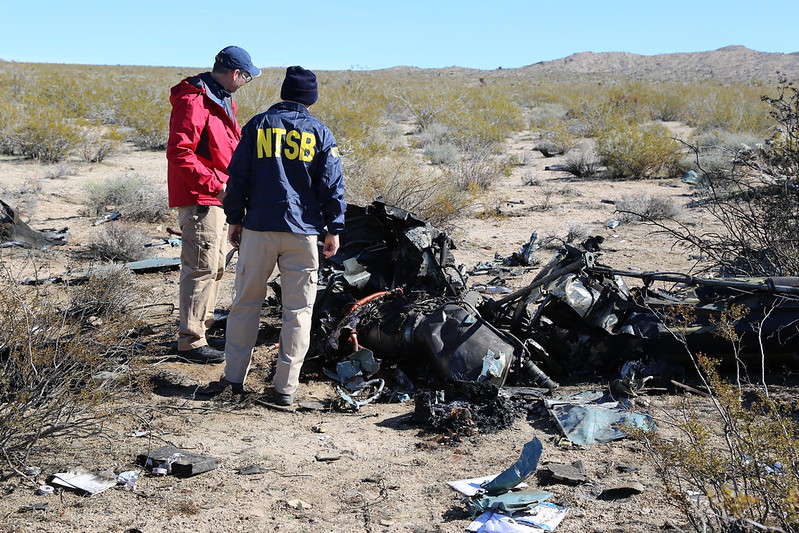The United States’ National Transportation Safety Board (NTSB) has concluded its investigation into the helicopter crash that claimed the lives of Herbert Wigwe, his wife, and their son last year.
According to the final aviation investigation report obtained by Channels Television, the NTSB determined that the probable cause of the crash was the pilot’s decision to continue flying under Visual Flight Rules (VFR) into Instrument Meteorological Conditions (IMC).
This decision, the report stated, led to spatial disorientation and a subsequent loss of control by the pilot.
In the report which is coming over a year after the incident, the NTSB also cited inadequate company oversight as a contributing factor. The company, it said, failed to properly manage safety procedures, including ensuring that pilots were accurately completing and updating flight risk analyses, logging maintenance discrepancies, and verifying that the helicopter met Part 135 regulatory requirements before departure.
On February 9, 2024, Herbert Wigwe, former Group Chief Executive Officer (GCEO) of Access Holdings Plc, died in a helicopter crash alongside his wife, Doreen; their first son, Chizi; and Abimbola Ogunbanjo, former Group Chairman of the Nigerian Exchange Group Plc (NGX Group).
The crash, which occurred in California near the Nevada border, involved a helicopter with the registration number N130CZ and claimed the lives of all six people on board, including the pilot and co-pilot.
The investigation report also revealed that during the return flight, the pilot had texted the Director of Maintenance (DOM) regarding an issue with the radar altimeter.
“The National Transportation Safety Board determines the probable cause(s) of this accident to be: The pilot’s decision to continue the visual flight rules flight into instrument meteorological conditions, which resulted in the pilot’s spatial disorientation and loss of control.
“Contributing to the accident was the company’s inadequate oversight of its safety management processes, including ensuring the pilots were accurately completing and updating the flight risk analysis, logging maintenance discrepancies, and ensuring the helicopter met Part 135 regulations before departure.”
The reported added that, ” During the return flight, the pilot texted the director of maintenance (DOM) about the issue. After arriving at the company’s flight operations base, the pilot discussed the issue with the company flight follower (who was also the company’s president).
“According to the flight follower, who also held operational control of the charter flight, during the discussions he told the pilot that the flight could not depart if the radar altimeter was not functioning. A company mechanic performed some troubleshooting on the radar altimeter; however, he was unable to rectify the issue and the radar altimeter remained non- functional.
“The mechanic reported that the pilots and the DOM were aware that the radar altimeter was not functioning, yet they departed at 1822 on the positioning flight to pick up the passengers.
“About 40 minutes later, the positioning flight landed at the airport to pick up the charter passengers. After arrival, the pilot and flight follower had a phone conversation and exchanged text messages, but they did not discuss the status of the radar altimeter or weather conditions.
“The accident leg departure was delayed about 50 minutes due to a passenger’s lost passport. A review of surveillance video at the fixed-based operator showed the pilots in the lobby using their cellphones; it is not known if the pilots checked the weather on their cellphones during that departure delay.
“In addition, the pilot did not complete an update to the FRA (which was internet accessible) while waiting at the airport. There was no evidence that the radar altimeter began functioning normally before the accident flight.”





